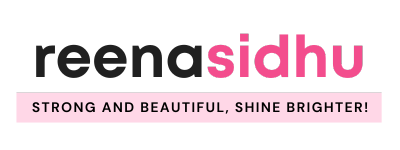How to fix uneven bleached hair
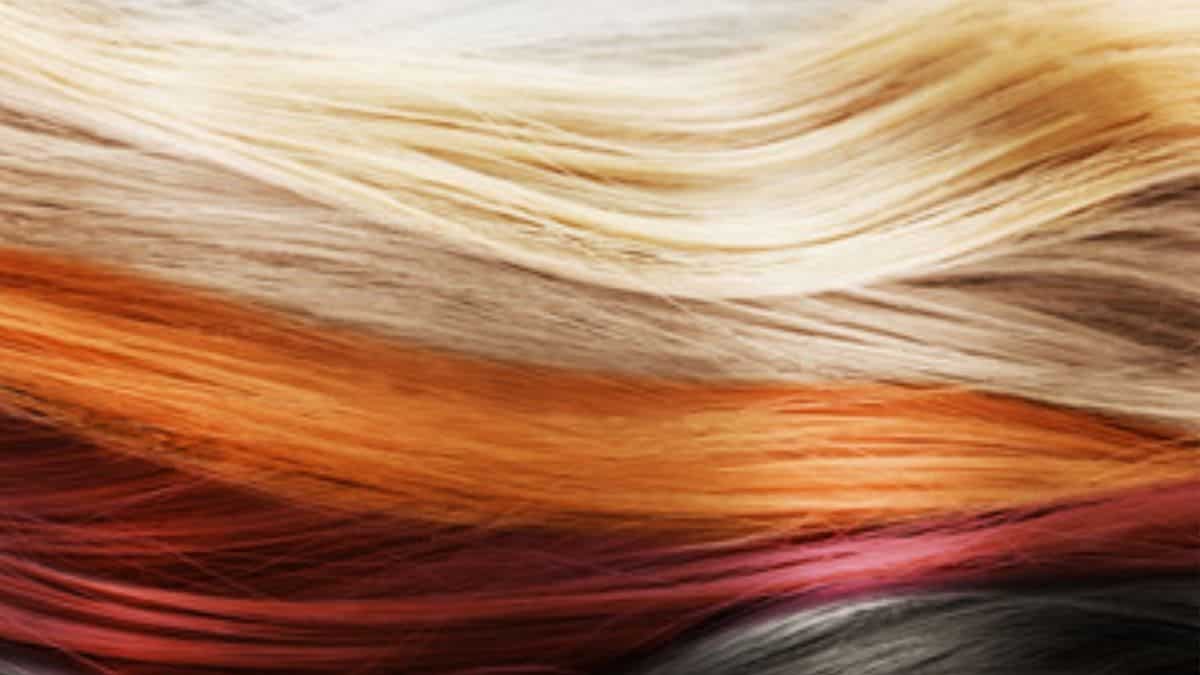
So you attempted to use bleach at home and failed miserably. You now have strangely uneven bleached hair, which makes you feel insane and powerless. During COVID lockdown, many people feel compelled to attempt something new. And just because you didn’t succeed the first time doesn’t mean you’re out of luck! So, relax and take a big breath. There’s still a lot you can do to mend the mess you’ve made.
Uneven bleached hair can be caused by a variety of factors. A common cause is an uneven application method. It’s possible you didn’t properly mix the bleach or applied it unevenly to different regions. To apply the bleach evenly, divide your hair into small portions. On the other hand, it’s possible that you took very huge portions, resulting in an unequal application.
Ways to Fix Uneven Bleached Hair
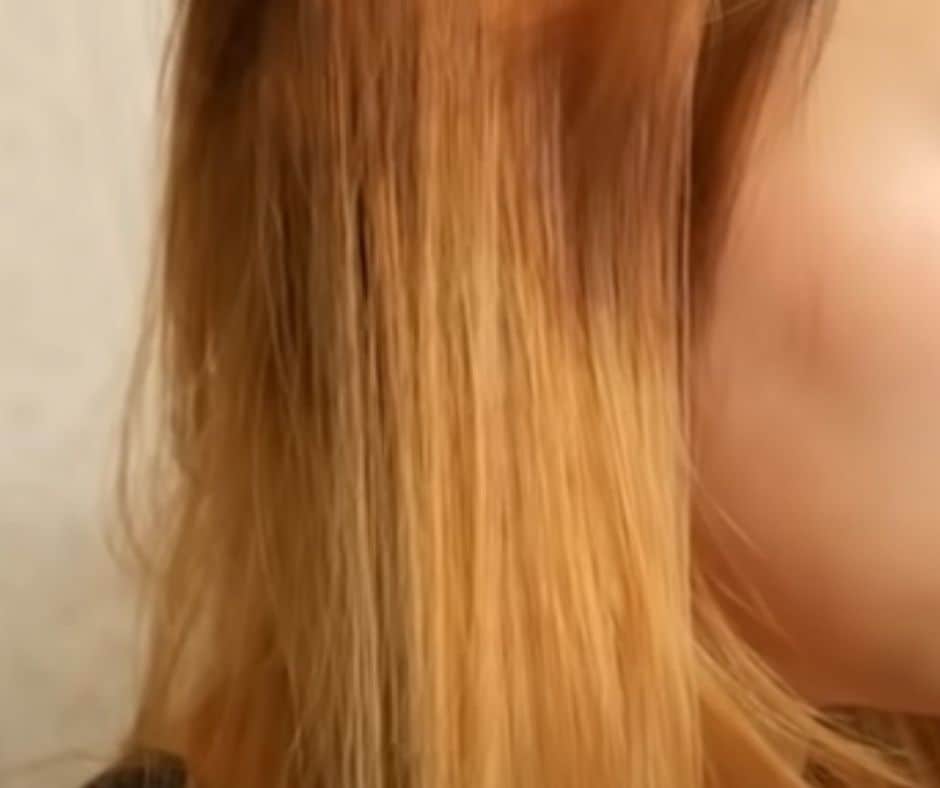
Everyone isn’t flawless all of the time. This is especially true when it comes to do-it-yourself hair bleaching. A single glance in the mirror might show the startling consequences of a failed bleach job. The harsh truth of seeing your bleached hair in an uneven state may be frightening.
You don’t have to act like you’re starting a new hairstyle, thankfully. You have numerous choices for an evening out your hair color. The first and most apparent approach is to seek professional assistance from a hairdresser or colorist. If you insist on doing it yourself, though, there are two viable choices.
It aids in determining what went wrong the last time. You might start by retracing your steps before discovering the disastrous outcomes. Consider these four common reasons for uneven bleached hair as you go over the procedure to determine if any of them apply to you.
- Using the insufficient product: If your hair is dark, apply extra bleach. Your hair may become orange or red after bleaching if you cut it short.
- Choosing the best bleaching product for you: Take your time shopping for the best bleaching product. The volume strengths of these goods range from 10 to 40. A volume 10 product won’t do the trick if your hair is very dark.
- Ineffective product mixing: Check to see if the product is still in use. It’s also crucial to uniformly combine the developer and bleaching powder. Be careful while stirring the mixture with your brush, and don’t stop until the mixture is completely homogenized.
- Not sectioning your hair: Using bleach on unparted hair is a recipe for disaster in hair coloring. Hair that is long and thick is especially susceptible. Starting at the bottom, tie off tiny pieces using rubber bands until you reach the top.
You may take care of uneven bleached hair using one of two techniques. However, you must keep in mind that one is a quicker treatment, while the other will take longer.
- Make your hair darker by dying it
This is the simplest and least harmful approach you may use. If you don’t mind having a deeper hue than you anticipated, it’s perfect. It’s also very simple.
When choosing your hair color, keep in mind that it should be one or two shades darker than your natural hair.
After bleaching, if your hair has turned a light brown color, you can use a light brown dye or something deeper. There are many different light brown hair dye colors on the market, so this shouldn’t be an issue.
All that’s left is to color your hair once you’ve chosen your hair dye. You’ll do it the same way you’d do it normally, by following the dye’s directions. Brush the color all over your hair and wait about half an hour for it to take effect. The directions specify how long you must wait for the dye to color your hair.
Remember to use gloves during this stage to avoid staining your hands while coloring your hair. A wonderful technique is to apply some cream to your face, particularly around the contour region, so that the hair color does not stain your skin.
You’ll have to wash the color out of your hair when the time has gone. When washing your hair color out, there’s no need to use shampoo. However, you should apply a conditioner to nurture your hair while doing so.
Some hair colors include a hair mask that, once applied, will leave your hair feeling silky and healthy. Ensure you rinse your hair thoroughly to remove all of the hair dye from the strands. To remove any extra hair dye, wash your hair with lukewarm water and massage your scalp while doing so.
- Go over your hair with a bleaching agent once more
The slower and riskier approach is to bleach your hair again. Bleaching your hair exposes it to chemicals that will harm it in some way.
You’ll have to be patient if you decide to bleach your hair.
Before using bleach on it again, give it a few weeks to recover its vigor. Between bleaching treatments, a three-week minimum interval is usually sufficient. It will, however, be even better if you can wait four weeks.
Because bleach causes your hair to become dehydrated, it’s critical to give it the time it needs to recuperate.
The fact that you’ll have to wait up to a month before you can bleach your hair again doesn’t imply you’ll neglect it throughout that period. To ensure that your hair regains the hydration it lost after the initial bleach, use a high-moisturizing conditioner every time you wash it.
Once a week, use a hair mask to provide the nutrients it requires to stay healthy. In addition, these products will strengthen your hair’s resilience to bleaching in preparation for the next bleaching phase.
You’re ready for another bleaching treatment now that you’ve nourished your hair for many weeks. You’ll bleach your hair in the same way you did before.
Prepare your bleach powder according to the package directions and evenly apply it to your hair. This procedure will be aided if you split your hair into various portions. You’ll apply the bleach powder and developer mixture to your hair the same way you’d apply hair dye.
You’ll have to wash and dry your hair after you’ve bleached it to see the final results.
After the bleaching, you should use a shampoo with a balanced pH level to repair your hair. For this stage, the ideal conditioner has a lot of protein.
Allow it to dry naturally rather than using the dryer’s heat to speed up the process. Even if you want to cold dry your hair after bleaching it, allowing it to air dry is still the best option.
What Went Wrong with Your Bleaching Process?
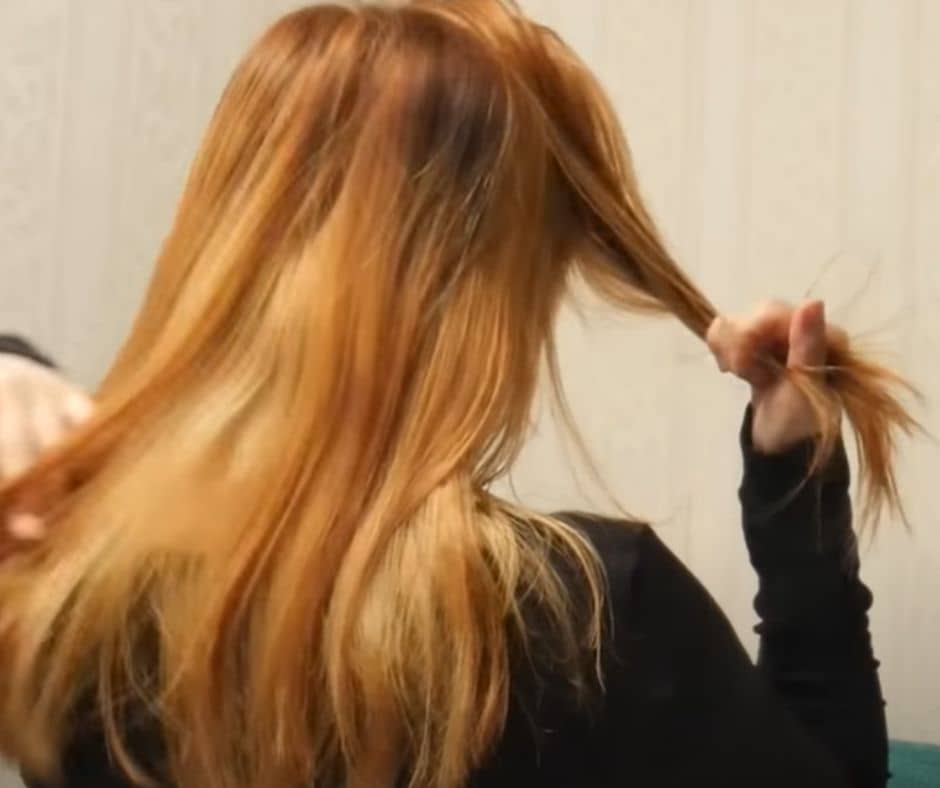
- Not conducting sufficient research
Even if you think you’ve learned everything you need to know after viewing two or three YouTube videos, chances are you haven’t. And failing to conduct a thorough investigation might lead to your worst nightmare: Bleaching errors can result in brittle hair, burns, or hair that is unflatteringly orange. To put it another way, there are many things you should be aware of and double-check.
First and foremost, are you certain your hair is bleachable? Suppose you’ve had your hair treated before. In that case, you may want to avoid bleaching this summer since it’s preferable to bleach virgin hair (whether at home or in a professional) for minimal harm.
- Inadequate hair preparation
Preparing your hair before bleaching is essential, even if you’re going to a salon. The bleach will work better and avoid hair damage if your hair is in good shape. Because the harsh chemicals used in bleaching dry and heat your hair, you must hydrate your hair and scalp. To maintain your hair in good shape, limit your use of hot equipment for at least a month before bleaching.
Something more to keep in mind? Before bleaching your hair, don’t wash it for at least 24 hours: It turns out that having greasy hair is beneficial. In a similar vein, treating your hair with coconut oil before bleaching is frequently suggested. It will speed up the process and act as a shield for your hair and scalp from damage.
- Using the incorrect tool
You’ll also need the following tools in addition to the bleach and developer: A mixing dish, a dye brush, section clips, and gloves are required.
One essential note: You must not use any metallic instruments since the bleach combination can burn them. Instead, for a more comfortable experience, choose an all-plastic home hair bleaching kit. Also, make sure you’re wearing an oversized shirt that you despise (because no one likes bleach stains)
- Leaving the Bleach
As a general rule, at-home bleaching should not last more than 45 minutes. You’ll be disappointed if you assume that leaving the bleach on for an extra fifteen minutes would result in a brighter blonde. The bleach will cease pulling up your hair color after 45 minutes and begin frying your strands. This may cause your hair to become extremely dry, brittle, or even fall out.
Remember to keep the bleach an inch away from the scalp for the first 30 minutes before applying it to the roots. After that, your roots are much more virgin, making bleaching much easier and faster – usually about 15 minutes or so. Throughout the procedure, remember to inspect your hair every 10 minutes.
- Ignoring toner
Another myth regarding hair bleaching is that you can have Daenerys Targaryen’s mane just by using bleach. Unfortunately, that isn’t the case, especially with deeper hues. Because black hair is made up of red and yellow pigments, when you bleach it, the pigments disappear, and your hair turns red, orange, or yellow. You’ll need to tone it with a purple shampoo and a toner to eliminate the brassy color.
It’s worth noting that different toners are available for various colors. It might not work if you purchase the lightest one and apply it to your orange hair. To avoid disappointments and harm, study and control your expectations.
How to Take Care of Hair After Bleach?
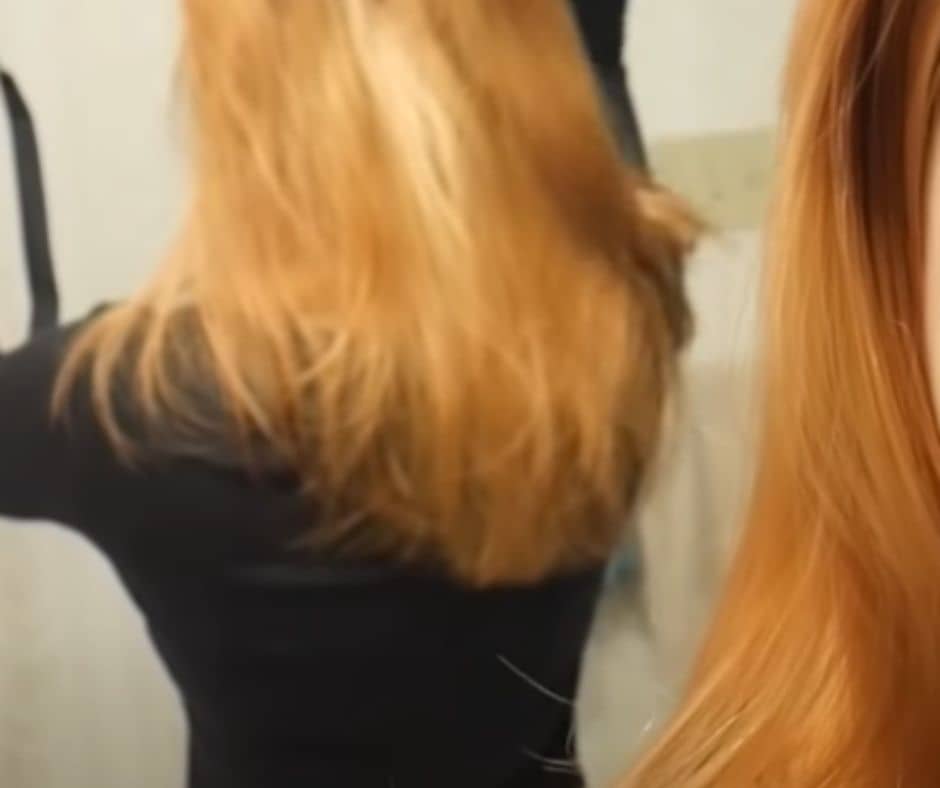
Here are a few basic ways to help you maintain your bleached hair looking healthy and glossy.
- Washing your hair frequently should be avoided
This suggestion may seem revolting, but it works. You’ll need to restyle or blow-dry your hairless if you wash it less. Your scalp’s natural oils nurture and protect your hair from root to tip.
As a result, you should avoid washing your hair too regularly. If you’re using a blonde hair product, you may also use dry shampoo. It will assist you in avoiding that thick, oily, and stringy hair appearance and feel for a day or two.
- Apply a deep conditioning treatment to your hair
Using high-quality conditioners is another simple method to protect your bleached hair from harm and keep it healthy and moisturized.
Incorporate a deep conditioning treatment into your hair care routine to aid in the repair and restoration of bleached hair’s strength as well as the maintenance of the bright, glossy blonde color. You may also utilize low-cost DIY hair conditioning treatments to help restore the silky sheen of your bleached hair.
- Appliances that generate heat should be avoided
If you have bleached hair, this is another important thing to remember. To maintain your bleached hair healthy and glossy, you should avoid using heating tools such as hair straighteners, blow dryers, curling irons, and other similar items.
To show off those brilliant and lovely locks, most of us utilize these heat-styling appliances. Unfortunately, bleach causes your hair to become harsh, and when combined with intense heat, your hair will become much more damaged. If you’re utilizing a heat source, try to keep it as low as possible or use a heat protection device.
- Get Your Hair Toned
Over time, your bleached hair will turn brassy, lifeless, and lose its dazzling luster. The easiest approach to avoid this issue is to use color-enhancing shampoo and conditioner, which will preserve your hair from becoming brassy. These products work as a toner and are meant to keep brassiness at bay. You may also get purple shampoo and conditioner in a variety of colors. It will brighten and restore the color of your hair’s natural blonde tones.
- Getting a Haircut regularly
Because bleaching your hair increases the hair cuticles, it is easy for your locks to become matted and knotted. Split ends are also a result of utilizing heat styling equipment. Trim your hair regularly to keep dead ends and split ends at bay. Furthermore, have a haircut regularly, even before your next bleaching procedure.
Will Toner help uneven bleached hair?
Toner can be used on bleached hair that is uneven. Of course, you’ll probably end up with slightly uneven toned hair after multiple washes. Still, it’s not a clear path to your ideal hair color. On the other hand, Toning may be a realistic alternative if you wish to avoid the harsh effects of bleach.
How do you fix patchy bleached hair?
- The first order of business is to discover out what went “wrong.”
- Examine everything you performed and look for any errors that can assist you in identifying the problem and determining the best course of action to repair it.
- A messed-up dye job may appear to be the end of the world, but it doesn’t have to be.
- Stay cool and conduct your study instead of losing sleep over how to repair uneven hair coloring.
- If you decide to fix it yourself, think about the best course of action.
- If you have any doubts, the best choice is to go to a salon.
- These are skilled experts who are exposed to these errors daily.
- Be honest and upfront, and don’t leave any facts out.
How do you fix uneven toned bleached hair?
To hide it, use a darker hair coloring.
This is a common method for repairing bleached hair that is uneven. Let’s have a look at the procedure in detail:
Process:
Step 1: Double-check your strands. If your hair is blond at the roots and orange or red at the tips, a deeper hue like chocolate brown can be used to disguise them.
Step 2: From the root to the tip, apply the deeper shade. Begin by dividing your hair into sections and applying the color from root to tip. Ponytails are a good option if your hair is very long.
Step 3: To get the greatest effects, you’ll need to give it a lot of time. It is recommended that you wait 40-50 minutes.
Step 4: Wash your hair thoroughly with a reputable shampoo.
Conclusion
How to fix uneven bleached hair? Bleaching hair might be difficult, but you can quickly create a blond appearance with the correct product and instructions. Remember to choose a high-quality bleach with positive customer feedback.
After bleaching your hair, apply a chemically treated hair shampoo and conditioner set. Finally, mild hair oils, serums, and heat protectors should be avoided. You can wear the blond look each day if you follow the procedures carefully and use quality materials. Remove bleach from hair by following these instructions.
